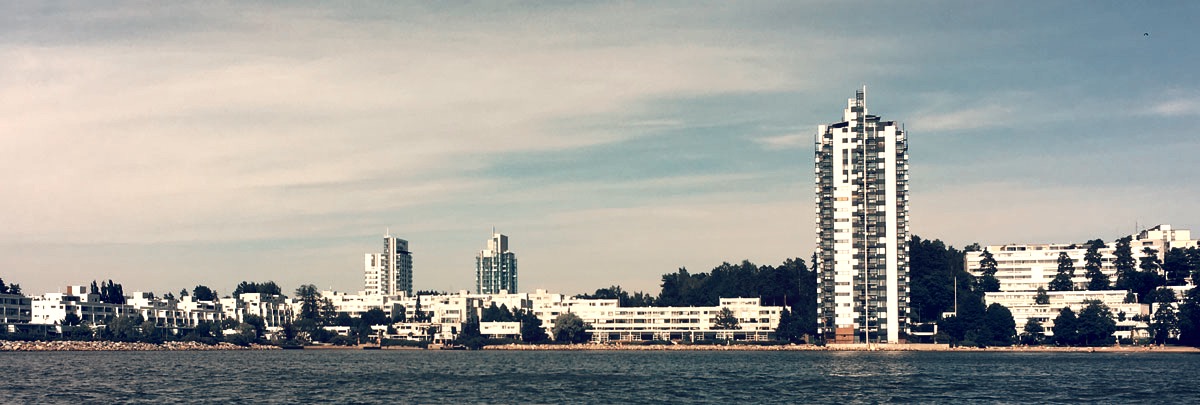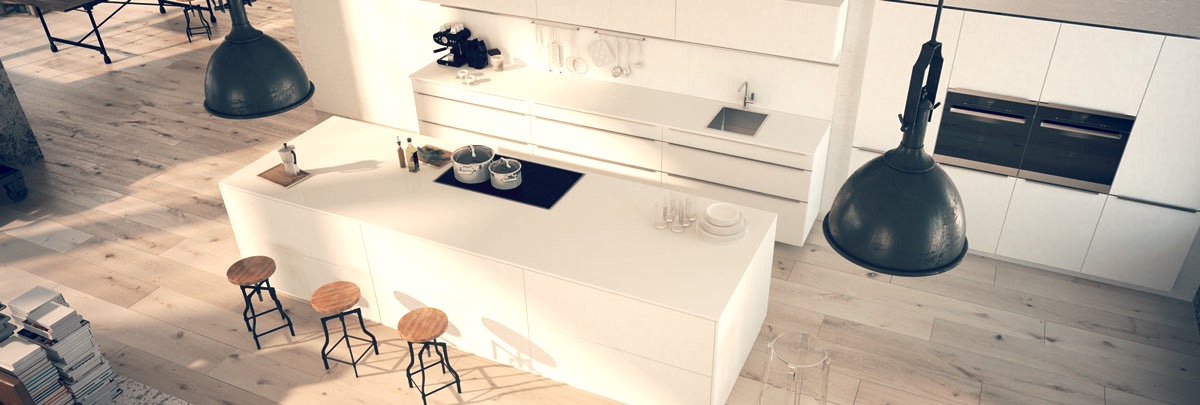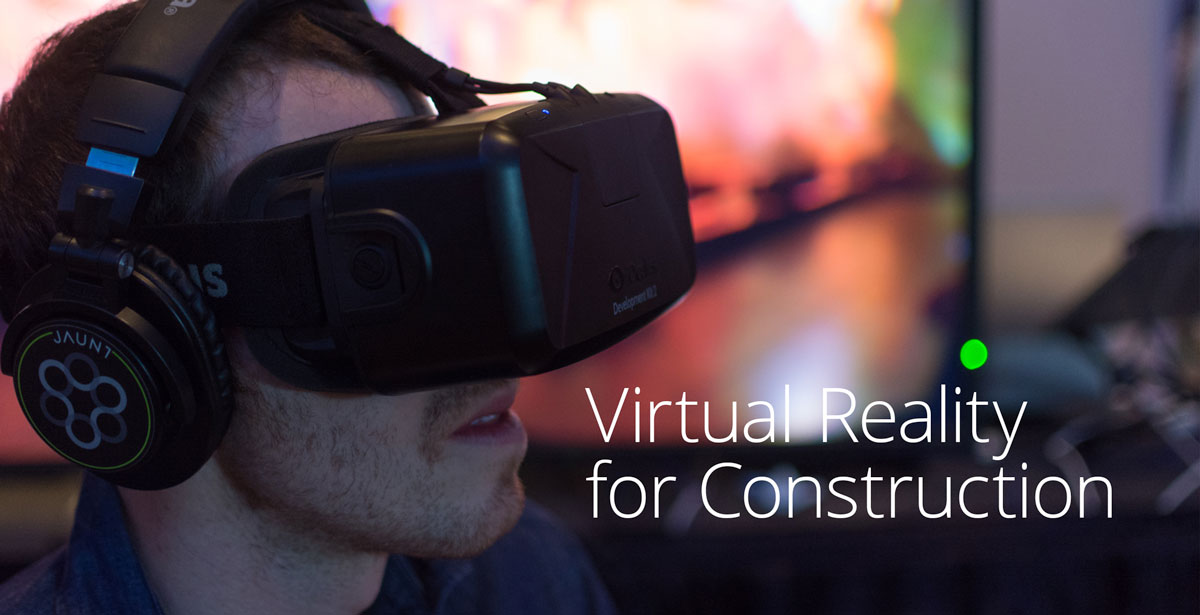Paradoxically, Virtual Reality (VR) technologies are still lagging behind the visions that people have for their use. However, VR has already demonstrated its capacity to change the ways we design, make decisions about, and produce built environments.
Is VR finally feasible?
Two AEC Hackathons and meetings with certain startups have made me think that Virtual Reality (VR) might finally break through in construction. There are two reasons for my belief. Firstly, 3D and building information modeling (BIM) are widely adopted in the industry. The idea of virtual buildings and environments is nothing new and has become very natural. Secondly, there’s a growing interest in Gaming and Entertainment VR investments. This will push the technology forward and make it affordable to consumers.
According to Peeter Nieler (Investing Into Virtual Reality: Making Sense Of It All, CoFounder Magazine, Spring 2016) there are 419 Virtual Reality startups, 149 of which are within the European Union. Nieler points out that the official number is heavily underestimated. In Spring 2016, 118,000 Oculus developer kits (second version) had already been shipped.
The change that VR brings
Drawings or renderings can never quite capture the three dimensional, spatial nature of buildings. Designers and builders have always created physical models to help simulate the feeling or physical aspects of an actual environment or building. Physical models are quite time-consuming and often costly to build. They are mostly scale models and their materials or colors don’t match the real ones. 3D printing can make model building faster and cheaper, but life-sized models are still exceptions.
Virtual Reality is what we experience while playing advanced computer games. It replaces the real word with a computer-generated environment. At best, it is immersive, but that requires high-quality visors, e.g. Oculus Rift and HTC Vive, and equipment like Virtuix Omni.
Moving to VR is easy in theory, since architects and engineers already create digital models of their designs. Practice has shown, however, that existing models need to be augmented or even rebuilt to be used for VR. Software developers and designers should take this into consideration.
There are many potential uses for VR in construction. I present here five different application areas where the benefits are easy to see and the ROI is potentially high.
Virtual Reality for experience design
 Could VR increase the value of design? In construction, we’re used to designing forms, spaces, and systems. How about designing experiences?
Could VR increase the value of design? In construction, we’re used to designing forms, spaces, and systems. How about designing experiences?
I was once involved in designing an airport passenger terminal. We used CAD and 3D design to produce renderings and animations. With today’s VR technology, we would have been able to experience the visitor journey: arriving at the terminal by taxi or car, finding the entrance, going through security to the airside, to the gate, and so on. I’m sure that this would have had an impact on the design.
Many years ago, I had seen road designers use a simple “car simulator” to test-drive a future road or bridge. Current VR gear, like ROTO, could make that experience even more realistic.
VR-enhanced experience design could be used in any type of project: residential, retail, hospitality, healthcare, and offices, to name a few.
Virtual Reality for project collaboration


Design is, to an ever-increasing extent, collaborative. Instead of having physical or video meetings, those involved in a project could meet in a virtual environment. In fact, they could meet in the building or environment that is being designed.
Many problems and errors in construction projects stem from poor communication. When collaborating partners are able to present, explain, and alter the design in a shared space, misunderstandings and errors are less likely to occur.
VR also allows new ways to visualize and simulate systems, phenomena, and their functions.
Virtual Reality for decision-making


Construction projects are a constant source of dispute, even before they are built. At least in Finland, many projects are extremely delayed because of citizen complaints. Delays can cost a lot of money, directly and indirectly. Eventual speeding up of the planning and building permit process has a high ROI.
Why are complaints so common? People are worried about how the proposed project would affect their environment: its property prices, scenery, safety, traffic, or health. Letting people see for themselves what the changes will look like from an individual’s perspective can alleviate some of these fears and worries. It can also provide valuable feedback for property developers and designers in the early stages of planning.
Virtual Reality for residential development and sales


The most obvious use for VR in the industry is in residential business. I wrote an article about my visit to Teatime Research, a startup company developing VR for homebuyers. The experience of being inside your future home, moving around, and changing materials, fixtures, and furniture, is exceptional.
A very important factor is what you can see outside the windows of the home. A nice view can not only speed up the buying decision, it can also justify a premium price. A virtual home is also a great place to present products and services that you can buy for yourself.
The use of VR can be extended outside the home. Wouldn’t it be nice if the buyer could walk or drive around the neighborhood and see e.g. how to get to the nearest day care, school, or mall?
Virtual Reality for professional training


A flight simulator for training pilots is a well-known and successful application of VR. Simulators are costly, but cheap compared to training with real equipment. Modern VR gear can provide the same quality of training support for a fraction of the cost: for example in the training of tower crane operators (see an example).
Safety is an age-old problem in construction. Safety training using VR could possibly prevent many human tragedies. A simulated construction site could show how and where to use safety precautions. A simulation could also show the site’s progress at any given date.
There are many applications for the use of VR in educating architects and engineers. Surprisingly, most designers have never worked at or even properly visited a construction site before they graduate. A virtual construction site would be a safe way to understand what happens on site.
What’s next?
Virtual reality is gradually developing into a useful tool. Unlike iPhones, VR will be adapted in phases, gradually. According to Nieler, VR is a platform business. The four leading platforms are Oculus, Valve & HTC Vive, Sony PlayStation, and OSVR. The number of competing platforms is a challenge for software and service developers, but also an opportunity, since rivalry speeds up development.
Two more technologies—augmented and mixed reality—should also be on the radar of forward-looking construction industry innovators. I cover them in another AEC-Business.com blog post.
View the original article and our Inspiration here


Leave a Reply